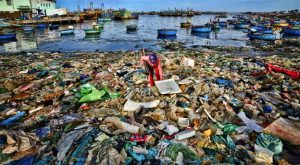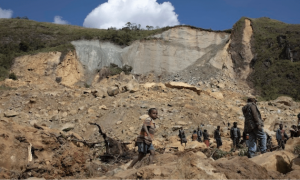WASHINGTON, May 30, 2024 (GLOBE NEWSWIRE) — EB5 Capital is pleased to report that its San Luis Obispo Marriott Hotels (JF31) project and SouthFace Village at Okemo (JF36) project were both approved by the United States Citizenship and Immigration Services (USCIS) in May 2024. Since the EB–5 Reform and Integrity Act of 2022 (RIA) was enacted, EB5 Capital has obtained Form I–956F project approvals across a total of nine EB–5 projects.
These Form I–956F approvals signify that USCIS, the government agency that oversees the EB–5 Immigrant Investor Program, has assessed, and verified the compliance of the EB–5 project. An I–956F project approval is also required prior to USCIS adjudicating individual I–526E petition approvals, the application for a foreign investor to secure conditional permanent residency in the United States.
“We are happy to see more of these project approvals come through, especially on our first rural deal in this post–RIA landscape,” said Brian Ostar, President of EB5 Capital. “SouthFace Village at Okemo is an exciting project, and we are confident its development is going to further enhance the local Okemo Mountain community and its year–round activities in central Vermont.”
SouthFace Village at Okemo (JF36) is a for–sale luxury ski–in and ski–out residential development on the southeast face of Okemo Mountain Resort in Ludlow, Vermont. As a rural Targeted Employment Area (TEA), this project qualifies for priority processing with USCIS. The recent Form I–956F project approval was granted within six months after the application was filed.
San Luis Obispo Marriott Hotels (JF31), the other EB5 Capital project recently approved by USCIS, is a four–story Marriott dual–branded Residence Inn and SpringHill Suites hotel in San Luis Obispo, California. The project is designated as a high unemployment TEA and was one of EB5 Capital’s first EB–5 raises under the new EB–5 legislation. Both JF36 and JF31 are currently under construction and are expected to generate over 1,300 jobs in total.
Now that both projects are approved with USCIS, EB5 Capital is looking forward to receiving individual I–526E petition approvals soon. The firm will continue to track the remainder of the construction process and support its investors with the completion of their immigration journey to the United States.
About EB5 Capital
EB5 Capital provides qualified foreign investors with opportunities to invest in job–creating commercial real estate projects under the United States Immigrant Investor Program (EB–5 Visa Program). Headquartered in Washington, DC, EB5 Capital’s distinguished track record and leadership in the industry has attracted investors from over 75 countries. As one of the oldest and most active Regional Center operators in the country, the firm has raised over $1 billion of foreign capital across approximately 40 EB–5 projects. 100% of our investors’ funds are protected by the Federal Deposit Insurance Corporation (FDIC) insurance prior to their deployment into our projects. Please visit www.eb5capital.com for more information.
Contact:
Katherine Willis
Director, Marketing & Communications
[email protected]

GLOBENEWSWIRE (Distribution ID 9146250)









